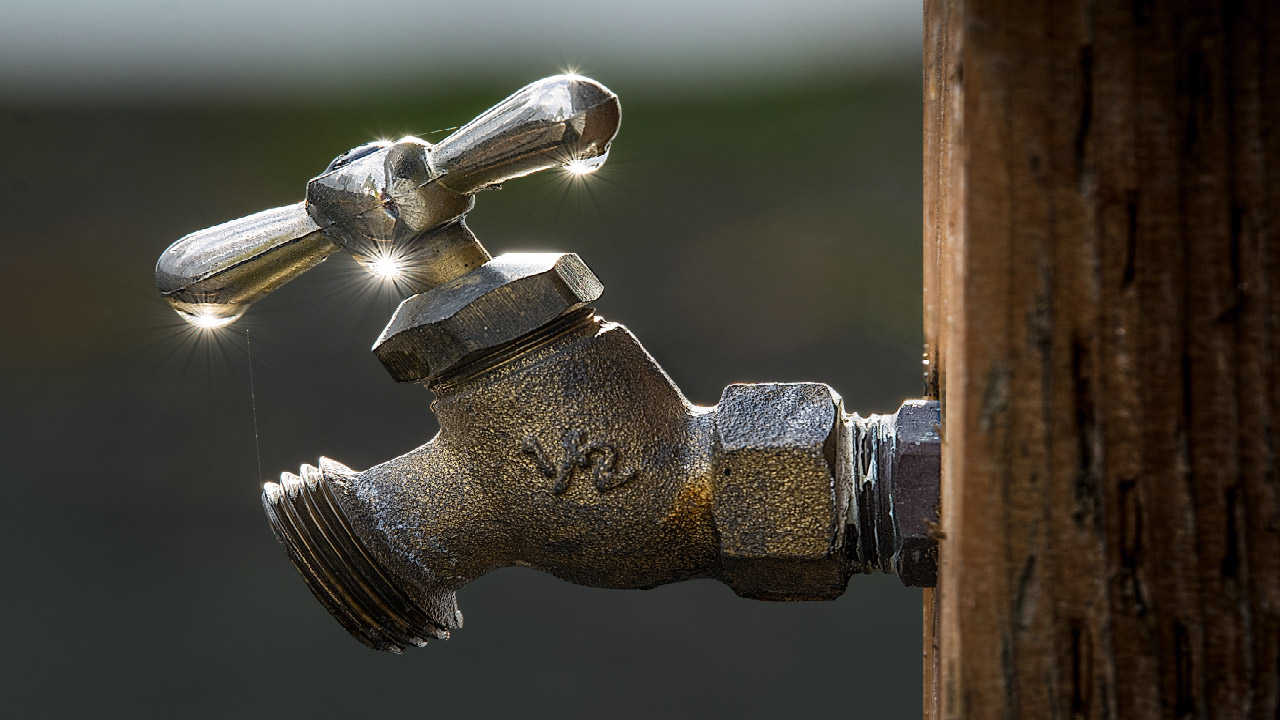Hose Bib Care and Maintenance
Mar 16th 2023
When you read about gardening, irrigation, and other watering topics, you may frequently come across the term hose bib. But what is a hose bib?
Designed for watering rather than eating, these kinds of bibs perform a very important service. Read on to learn everything you always wanted to know about hose bibs but were afraid to ask. This brief blog from DripWorks will help you get the most out of your hose bib.
Water Hose Bibs Definition
What is a water hose bib, as compared to other types of bibs? A hose bib goes by many names, including tap, faucet sill cock and bibb cock.
No matter what you call it, it performs a crucial but often overlooked function. It provides water, whether you are connecting it to a garden hose, a washing machine or something else.
Hose bibs may be attached to underground water pipes, pipes running out of buildings, rain barrels and other sources of water. The bib has at least one spigot with male threading on its spout so a hose with a female thread can be screwed on to it. Some fertilizer injectors also feature adapters to connect with hose bibs.
That makes it possible to use a garden hose for chores around a home like gardening and car washing. It can also be used to connect watering systems and drip irrigation systems to a source of water.
A valve in the hose bib lets the user easily turn the water supply on and off. Some systems, mainly installed in newer residences, also come with shutoff valves upstream of the bib. This allows the bib to be easily drained during cold weather to help prevent cracking and other problems.
Winterizing a Hose Bib
In general, hose bibs are incredibly durable and require little or no maintenance. Depending on where you live, however, you should take precautions to winterize your hose bib.
Burst water pipes can be a major problem in cold weather. When water freezes and metal gets cold, bad things can happen. Outdoor pipes and hardware like hose bibs can be especially susceptible to problems because they are not inside a heated building.
- Insulation and Colder Climates
Fortunately, it is easy to protect hose bibs from cold weather. A little preventative maintenance and a small investment in some insulation can save you big headaches as well as visits and large bills from your local plumber.
Those who live in colder climates where it gets below freezing in the winter should detach hoses and irrigation systems from the hose bibs before the cold weather sets in. All hoses and pipes should be drained and put away.
- Shutoff Valves and Alternative Solutions
If you have a shutoff valve upstream of your hose bib, turn it off to cut off water to the bib. Then open the valve of the bib to drain all the water out of it. Leave it open to make sure no water will back up in it, where it could turn to ice during freezing weather.
If you do not have a shutoff valve above your hose bib, other methods are available to protect your water bib. Made of Styrofoam, an insulated bib cover is designed to fit snugly over a bib and protect it from the weather.
These winter faucet protective covers usually cost only a few dollars each. They are a sound investment. These inexpensive faucet protectors can save you the mess caused by broken pipes and the expense of hiring a professional to fix them. If you cannot find a water insulation bib, you can even make your own insulation out of Styrofoam or rags.
A slightly more expensive alternative is to install frost-free hose bibs. These bibs bend downward to drain water better and extend farther into buildings for extra warmth.

